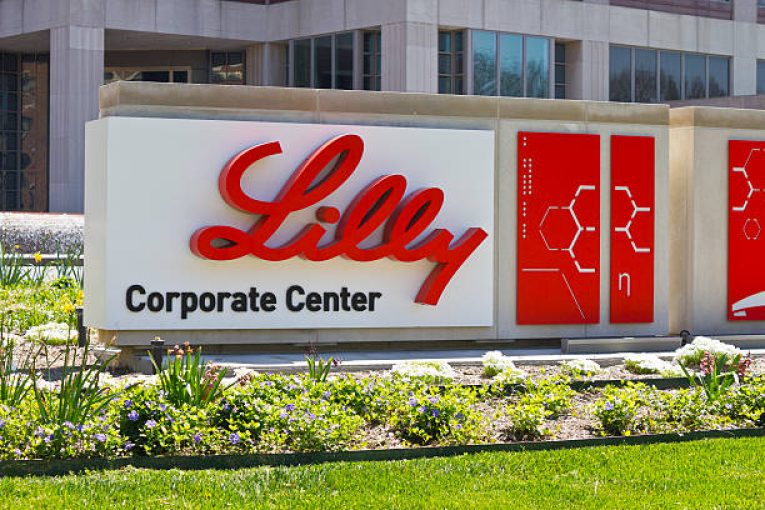
LOS ANGELES — It is no secret that medications in the U.S. are wildly overpriced. Insulin, one of the most notorious examples of this phenomenon due to its frequent usage, costs $98.70 per vial on average, while only costing $12 USD in Canada and $6.94 USD in Australia.
Sadly, this reality is not limited to Insulin. On average, prescriptions in the U.S. are 2.4 times higher than in other similarly developed countries. Interestingly, brand-name drugs, which account for 84% of total drug costs in the U.S., cost 4.9 times more than in other similar countries.
There are multiple reasons for this problem. For one, the U.S. lacks the leverage other countries have to negotiate the prices of drugs because the practice was banned in 2003 under the law that created Medicare’s Part D outpatient prescription drug program.
The European Union’s immense bargaining power is used to make decisions about pricing when new drugs enter the market to make sure those in need are not priced out of life-saving medications.
Similarly, Canada’s Patented Medicine Prices Review Board enforces price caps on medications that are based upon the price of the same medication in other countries.
Another reason for the high cost of medications in the United States is the use of patents. A study by Robin Feldman, a Professor of Law at UC College of Law San Francisco with a specialty in intellectual property and health care law, found that patents often bar companies that produce generic drugs from competing. While the argument can be made that patents are important to incentivize innovation under the profit-motive, patents actually raise the prices of medications.
Pharmacy benefit managers (PBMs) are another obstacle to affordable medications. PBMs are a third party firm that serve as middlemen between drug manufacturers and insurance providers, giving them the ability to significantly impact the price of medications from behind-the-scenes.
One way that the problem of U.S. drug prices is currently being fought is through companies like Cost Plus Drugs.
Cost Plus Drugs was launched in January 2022 by Mark Cuban, television personality and billionaire entrepreneur, and radiologist Alexander Oshmyansky.
Cost Plus Drugs’ stated mission is to provide drugs at a lower price than offered in the market and to disrupt the drug market.
This is made possible by avoiding PBMs, directly negotiating with drug manufacturers, and producing drugs in house. By doing this, Cost Plus Drugs is able to price all drugs at the cost of manufacturing plus a 15% markup and $3 pharmacy fee.
Through this process, Albendazole, a drug often prescribed to treat hookworm, a disease commonly affecting disadvantaged populations, is priced at only $33 by Cost Plus Drugs. This is in stark contrast with its current market price of $437.68 for two 200 milligram tablets.
All medications are paid out-of-pocket, but this is not a problem. The low price often leaves medications cheaper than they would be if bought through insurance. This is great news, especially for people without insurance.
One medication notably missing from the Cost Plus Drugs catalog, though, is insulin. This points towards the main point where Cost Plus Drugs falls short: patents and brand-name drugs. Brand-name drugs like insulin have patents placed on them, so Cost Plus Drugs is unable to produce them in-house and has less leverage in negotiating with manufacturers.
Because of this, Cost Plus Drugs does not offer brand-name drugs. With that said, Cost Plus Drugs hopes to offer brand-name drugs very soon, one of these being insulin.
Offering insulin at a low price has been a goal of Cost Plus Drugs since its inception. As previously mentioned, this is a difficult task due to the patents keeping their costs high.
Due to this difficulty, there is uncertainty over when Cost Plus Drugs will be able to conquer this feat. According to its co-founder, Mark Cuban, it is unknown whether Insulin will be available to consumers through Cost Plus Drugs in two months or two years.
When insulin is priced affordably by Cost Plus Drugs, it will be a gamechanger for people with diabetes across the U.S. One can only hope that government intervention will follow suit in disrupting the drug market, whether that be through the enactment of similar drug-price-reducing policies as other countries or the implementation of a single-payer system that will allow for the better negotiation of drug prices.
